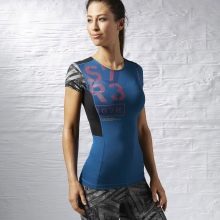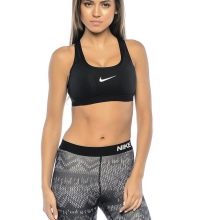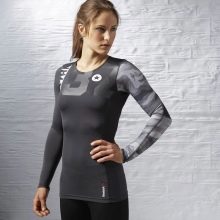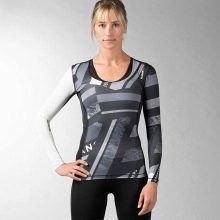Compression clothing

What is it for?
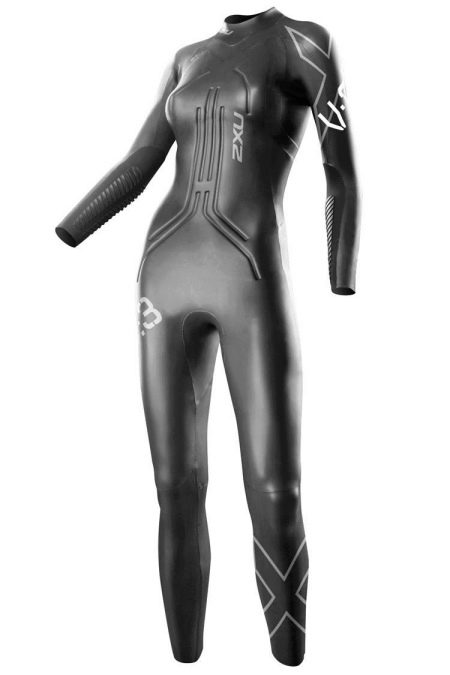
Compared to simple cotton clothing, "compression" has a number of advantages:
- is lightweight;
- more wearable, as it is made of durable and elastic synthetic fabrics;
- better fits the body, supporting the muscles;
- improves blood flow and accelerates blood circulation;
- perfectly removes moisture from the body and promotes its evaporation;
- has good thermoregulation, maintaining a constant temperature;
- perfectly passes air to the surface of the body;
- constantly keeps the muscles warm;
- reduces muscle tension, minimizes the risk of seizures;
- prevents "clogging" and accumulation of lactic acid in the muscles;
- shortens the recovery period after physical exertion;
- increases efficiency and endurance;
- reduces swelling of the lower extremities;
- protects against microbes thanks to a special antibacterial impregnation;
- specially treated seams do not cause discomfort;
- prevents the appearance of corns and corns;
- protects against ultraviolet radiation.
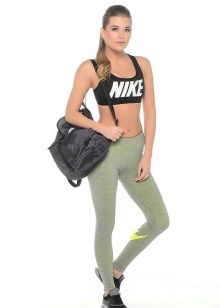


Initially, the effect of compression was used only in medical practice in the auxiliary treatment of diseases of the joints, the musculoskeletal system and the vascular system. And today in hospitals after severe injuries and complex operations, compression hosiery is prescribed in order to shorten the recovery period.
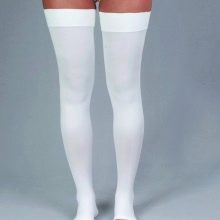
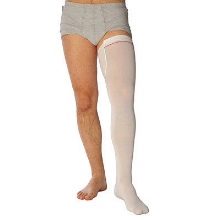

Due to the constricting effect of the "compression", the blood flow is carried more into the legs, which, in turn, significantly reduces the load on the veins.
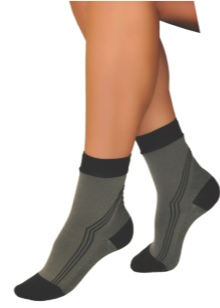


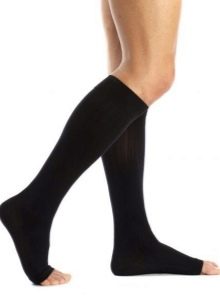
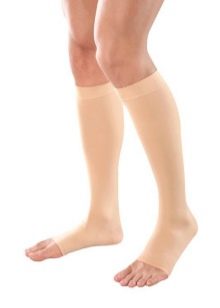


Through such clothing, oxygenated blood enters the active muscles, thanks to which the athlete has the opportunity to work even more efficiently. At the same time, the pulse rate does not increase, as in ordinary clothes, but decreases, thus relieving the excessive load on the heart.
Compression clothing for sports activities is necessary for the prevention of varicose veins, thrombosis and injuries. Recently, it has become an indispensable item of physical training ammunition in track and field athletics, cycling, football, hockey, cardio training, skiing and speed skating, and so on.
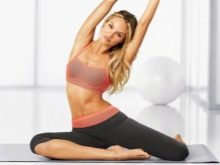


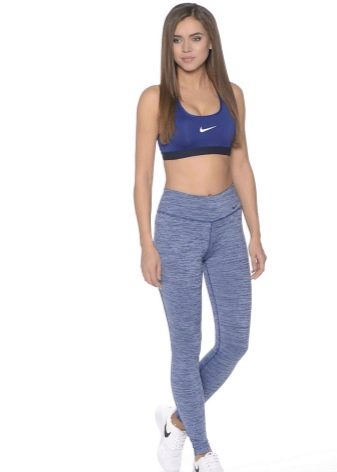
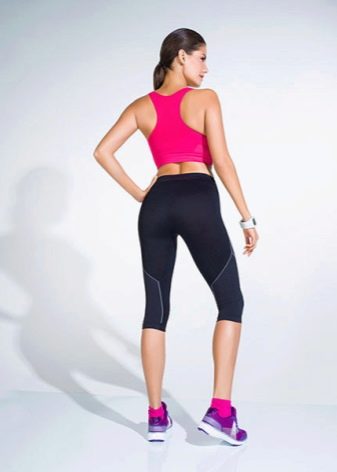
How does it work?
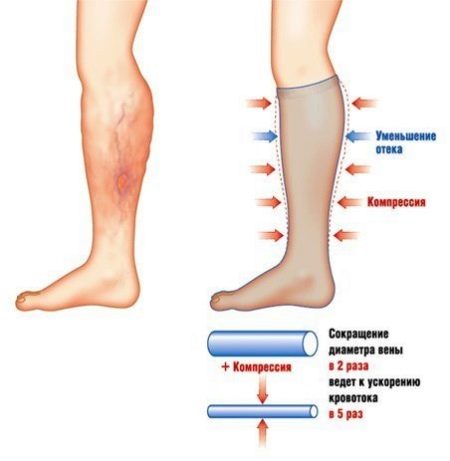
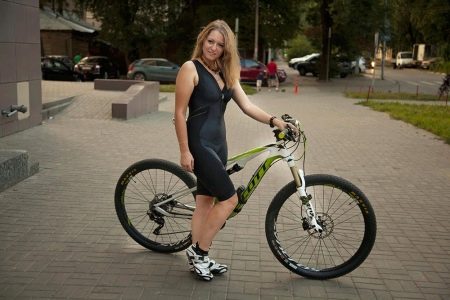
In this case, the veins greatly expand, the venous valves stop closing and let the blood flow in the opposite direction, which leads to an even more significant expansion of the vein.
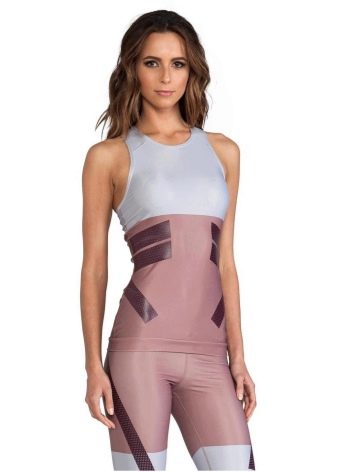
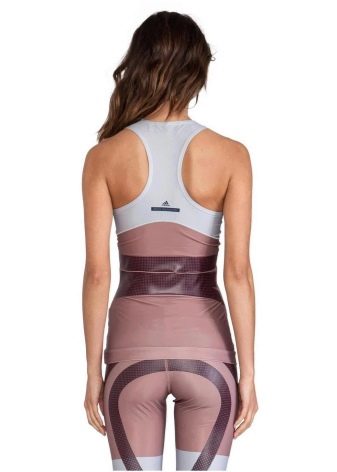
In order to prevent such changes in loads from leading to varicose veins, it is recommended to apply elastic compression, which "straightens" the venous valves and facilitates their functioning. The narrowing of the lumen of the vein as a result of the use of compression hosiery leads to an acceleration of blood flow, thus preventing the formation of blood clots.
Compression clothing provides for varying degrees of compression: the lower the muscles are, the more pressure must be applied, making it easier for the blood flow to move from the area of greater compression to the side of less compression.
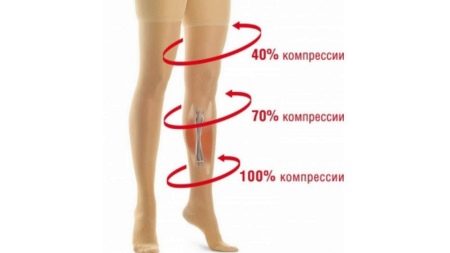
Views
Compression clothing on the market is represented by various options, the main ones are:
Knee-highs, leggings and socks - produce compression of the muscles in the lower leg area.
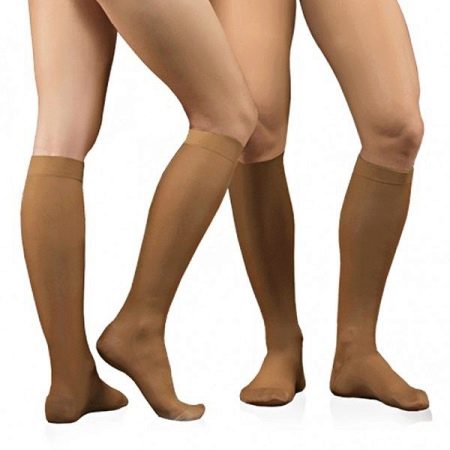
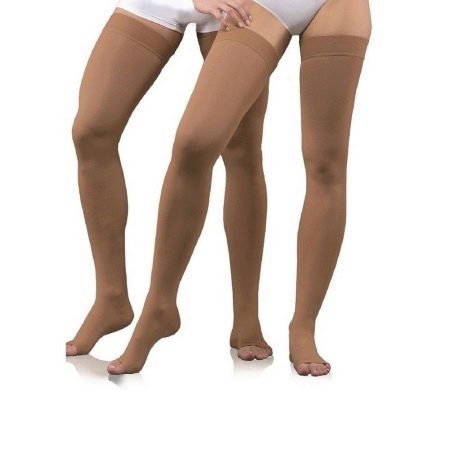

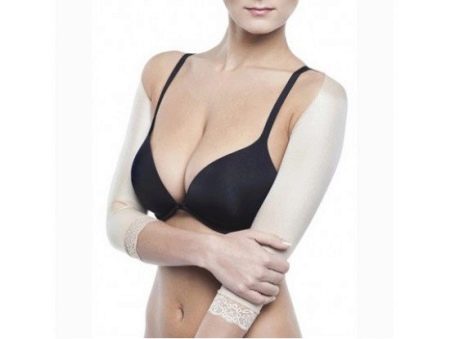
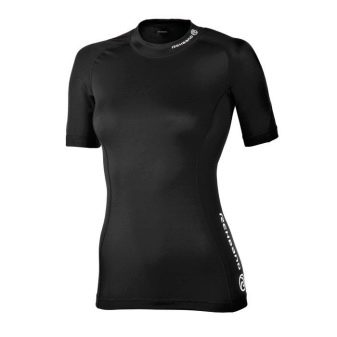
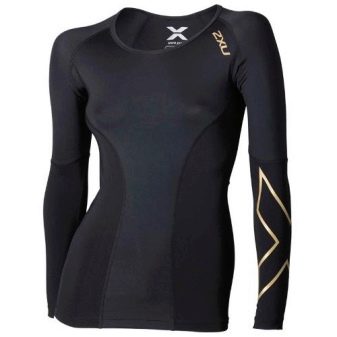
Bras and short t-shirts - products for women.
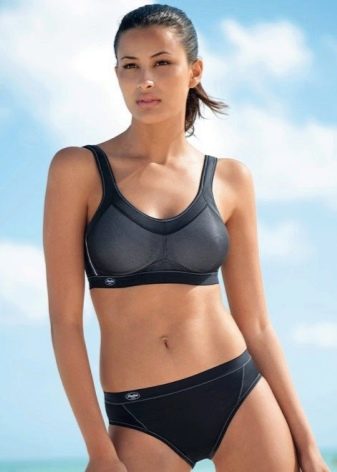

Material
Compression hosiery should sit tight and dress with difficulty, but not hinder movement.
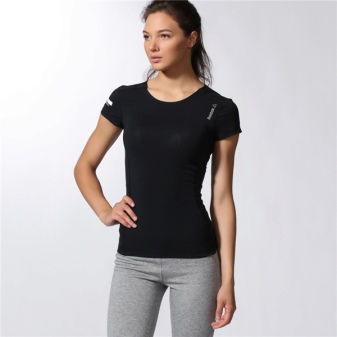
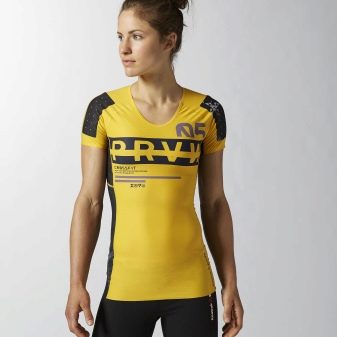

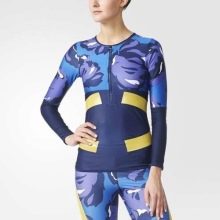
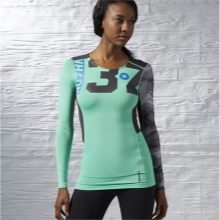

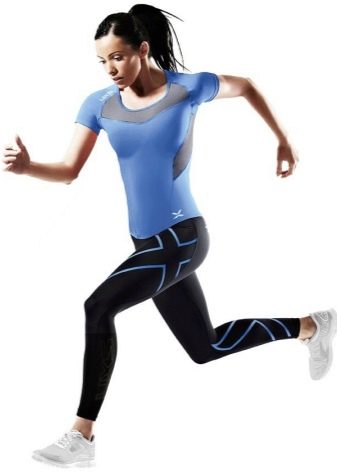
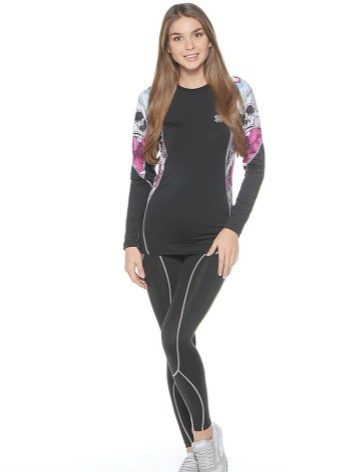
Manufacturers
The famous Skins company usually produces two sets of compression clothing for each popular sport - the first for normal temperatures, the other for the cooler season.
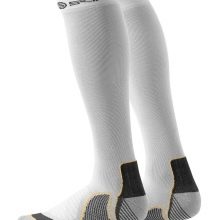

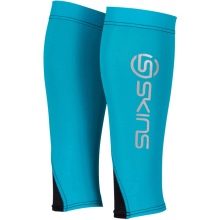

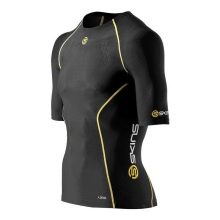
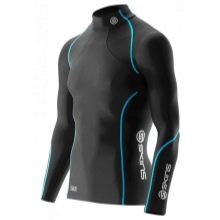

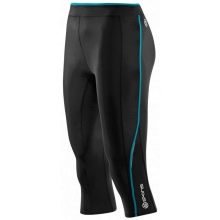
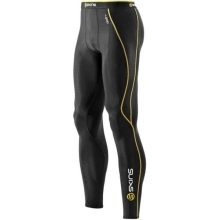
Compression clothing from Adidas under the TECHFIT brand is also divided into groups depending on the type of sport, the required thermal conductivity and compression strength. Clothes of this brand can be stretched five times, and then instantly return to their original state.
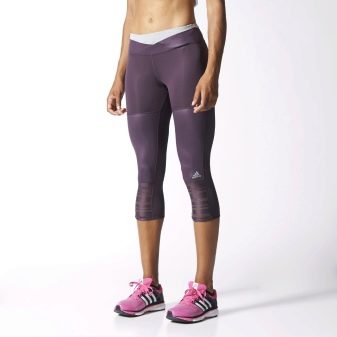

Puma compression products have silicone inserts that run along the muscles to stimulate blood circulation.
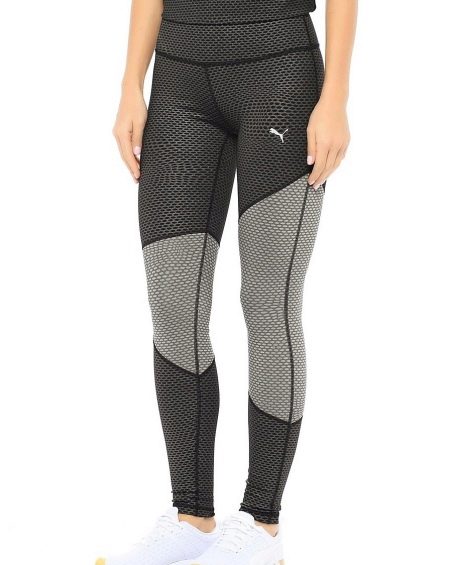
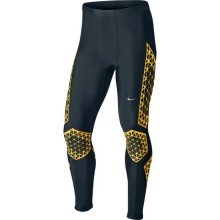
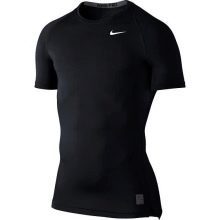


When is it and how should it be worn?
It is not recommended to use the "compression" during normal, routine exercises: with continuous wearing, an overdose effect may occur, blood vessels and muscles will begin to be lazy and cease to maintain their natural activity. And this can cause the same troubles as with insufficient compression.
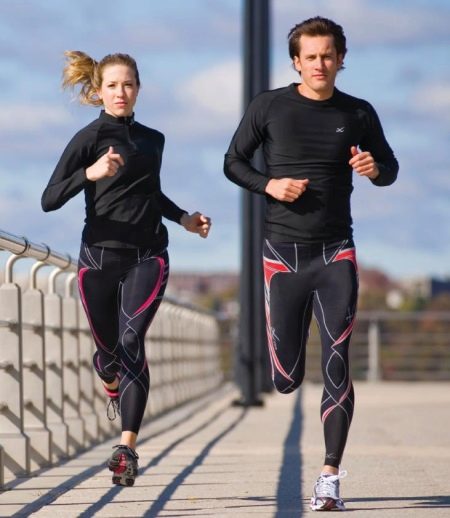
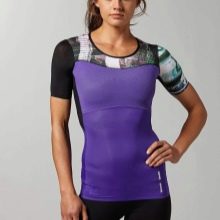
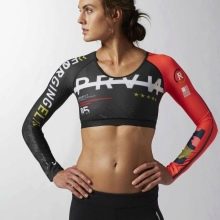
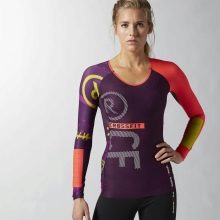
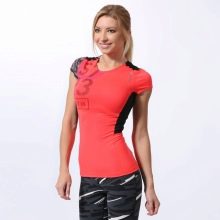


Contraindications
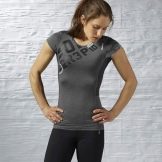
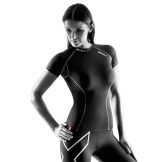
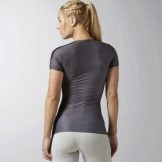
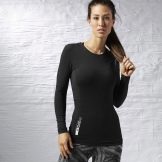
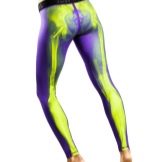
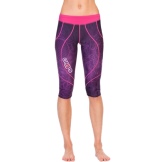
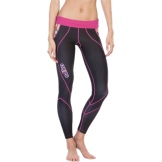
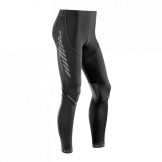
Reviews
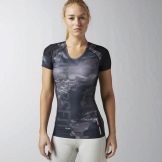
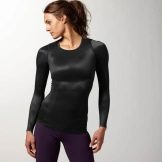

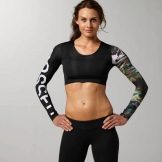
The main noted advantages of compression clothing are that it sits like a second skin, cools in the heat and warms in the cold, dries quickly, is comfortable to wear, does not press, does not pull, does not rub, does not gather in folds, durable, does not tear in training and competition, it can be easily removed from the body, even when wet. Also, athletes note the ability of such clothes to quickly relieve stress after exhausting exercises.
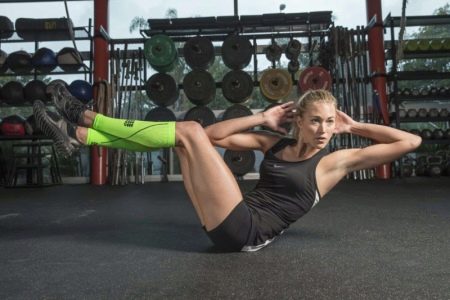
Negative reviews, as a rule, relate to products of a low price segment. They are mainly associated with low-quality materials from which the corresponding clothes are sewn.
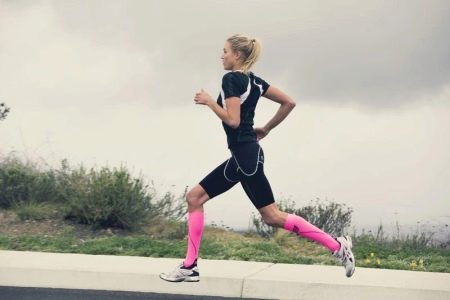
Such users in their reviews complain that clothes are torn when pulled, stray into folds and quickly lose their attractive appearance.
